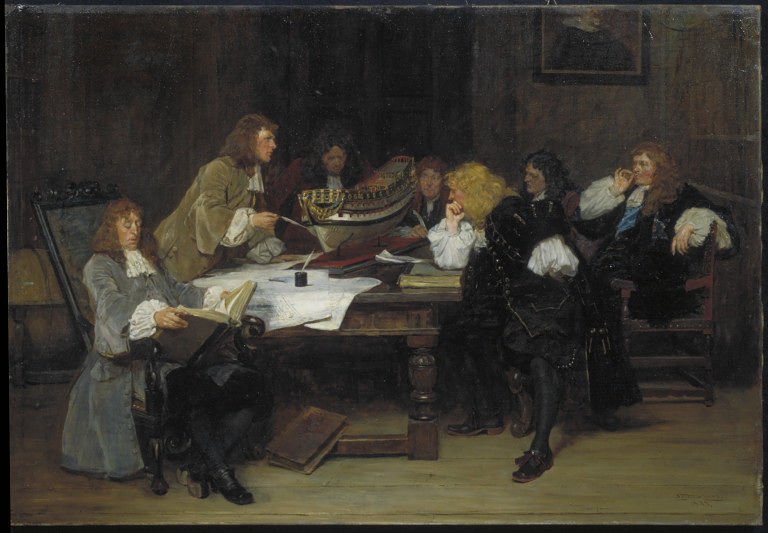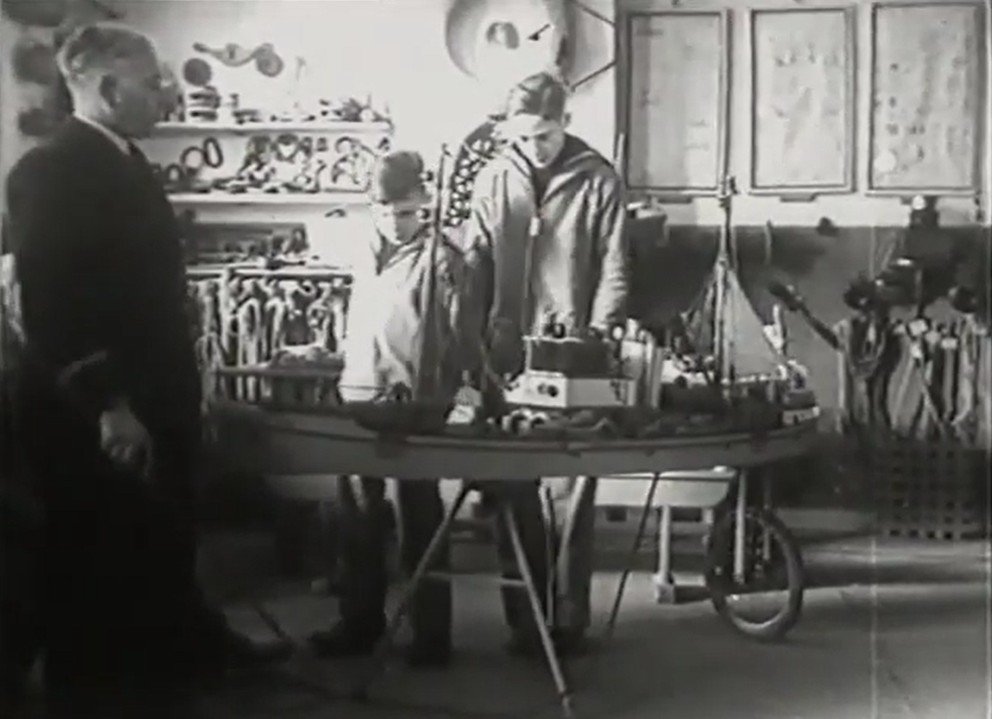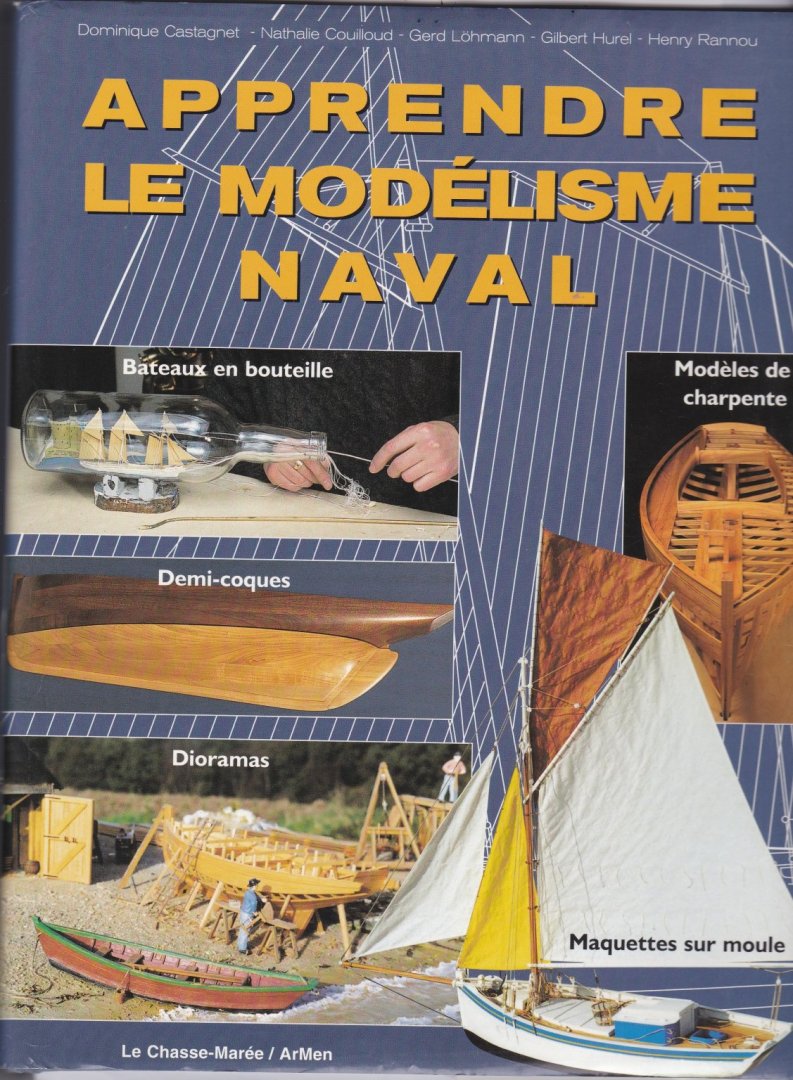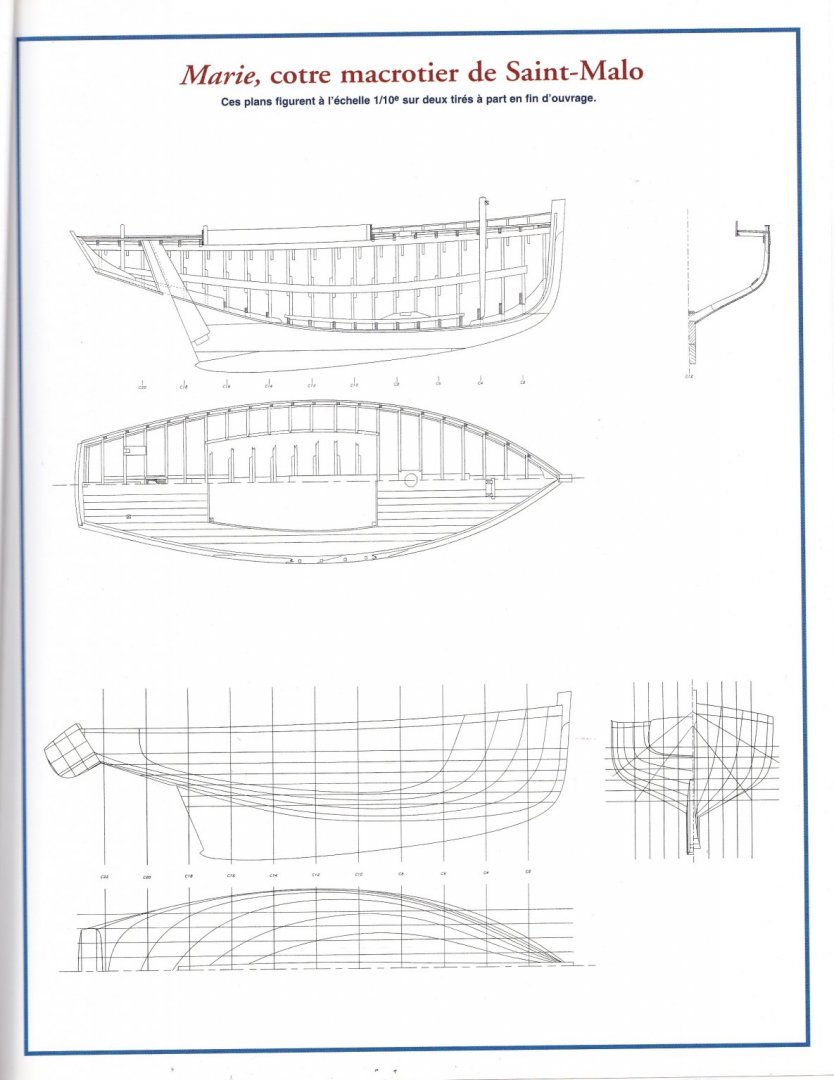Search the Community
Showing results for tags 'Marie'.
-
In August, after finishing my smack cross section, I started a new project. The first series of pictures are sorted now, it is time to start with the log of this new scratch project. Introduction Since ages, the ship model was the ideal tool to show how a vessel fits together. Ship builders used models to present their new designs to the admiralties. (painting 'A New Ship for the Dutch' John Seymour Lucas) In the 19th and early 20th century they were very suitable for museums to show to the general public how live on board of a ship was. (Picture of the old Rijksmuseum in Amsterdam, borrowed from the website of the Rijksmuseum). And not least, the ship model was used as a didactic tool in maritime education. (Source of picture: fishermen's orphans during nautical education, 'IBIS' Orphan school in Ostend during the 50ties. Screenshot from archive movie 'Koninklijk Werk IBIS') I had my first naval training in the mid-seventies. In that time the era in which the ship model was a current didactic tool was already past. The ship model was replaced by slides on overhead projectors and video. Nowadays maritime education centers use Power point, smart boards, digital simulators, and all kind of virtual tools. But I still remember that the Mine Warfare School in Ostend had a series of beautiful dioramas to demonstrate all the different types of mine sweeping gear, in the seamanship classroom in the Naval Education Center they had all kinds of models of the rigging for replenishment at sea. We learned the maritime buoyage system with models of the buoys. During sailing classes we learned the different parts of the sail boat with the help of a 1/5 scale model of the Caravelle sailing boat. All those fine didactic models are vanished. I suppose that a lot turned into dust in cellars and attics. Some disappeared probably to private collections and hopefully some are preserved in museums although I didn't see back a lot of them. Up to now I have built some didactic models, two cross sections and a full framed fishing sloop with one side left open. From nostalgic motive I want to build a pure educational model. It will be a old fashioned school model, intended to learn a landlubber (or a new naval recruit) the different parts of a boat. The image below shows more or less what I have in mind: making a model of a stripped boat and naming all the parts of it. (drawing from 'Le Chasse Marée') I find a suitable design for my project in the book 'Apprendre le modelisme naval' (a publication of Le Chasse Marée). In the chapter 'Le modèle de chartente' (the model on frames) the boat carpenter Gerd Löhmann explains how to make a model on frames. The chapter is a description of the build of the mackerel cutter 'Marie', a small sailing fishing sloop of the type which was used along the Breton coast (France) before World war II. Gerd Löhmann built his cutter just like I would like to be my didactic model (Picture from the book 'Apprendre le modelisme naval'). The book contains also the detailed plans of the vessel on scale 1/10. The real vessel was built in 1928 and was 6.86 m long, so the model will be ±69 cm long. I will build it in cherry (Picture from the book 'Apprendre le modelisme naval'). Some time ago I got a few stumps from the trunk of a cherry tree that an acquaintance cut down in his garden. I have split the stumps into sawable pieces an stowed them away on a dry space. That is the wood I will use for my instruction model: Some pieces sawn into planks, ready to be planed to the necessary thicknesses. To finish this post, a word about the layout of this building log. I would like to make this project not simply an instruction model, but also a lexicon and encyclopedia about wooden shipbuilding terms. So, I will work in three phases: first the boat model, then the lexicon and finally the encyclopedia. My log will follow this sequence and will be build up in three chapters: I. The Boat II. The Lexicon III. The Encyclopedia Now I am ready to start. The keel will be laid in my next post. I hope I will be able to captivate you with this new project.
- 168 replies
About us
Modelshipworld - Advancing Ship Modeling through Research
SSL Secured
Your security is important for us so this Website is SSL-Secured
NRG Mailing Address
Nautical Research Guild
237 South Lincoln Street
Westmont IL, 60559-1917
Model Ship World ® and the MSW logo are Registered Trademarks, and belong to the Nautical Research Guild (United States Patent and Trademark Office: No. 6,929,264 & No. 6,929,274, registered Dec. 20, 2022)
Helpful Links
About the NRG
If you enjoy building ship models that are historically accurate as well as beautiful, then The Nautical Research Guild (NRG) is just right for you.
The Guild is a non-profit educational organization whose mission is to “Advance Ship Modeling Through Research”. We provide support to our members in their efforts to raise the quality of their model ships.
The Nautical Research Guild has published our world-renowned quarterly magazine, The Nautical Research Journal, since 1955. The pages of the Journal are full of articles by accomplished ship modelers who show you how they create those exquisite details on their models, and by maritime historians who show you the correct details to build. The Journal is available in both print and digital editions. Go to the NRG web site (www.thenrg.org) to download a complimentary digital copy of the Journal. The NRG also publishes plan sets, books and compilations of back issues of the Journal and the former Ships in Scale and Model Ship Builder magazines.









